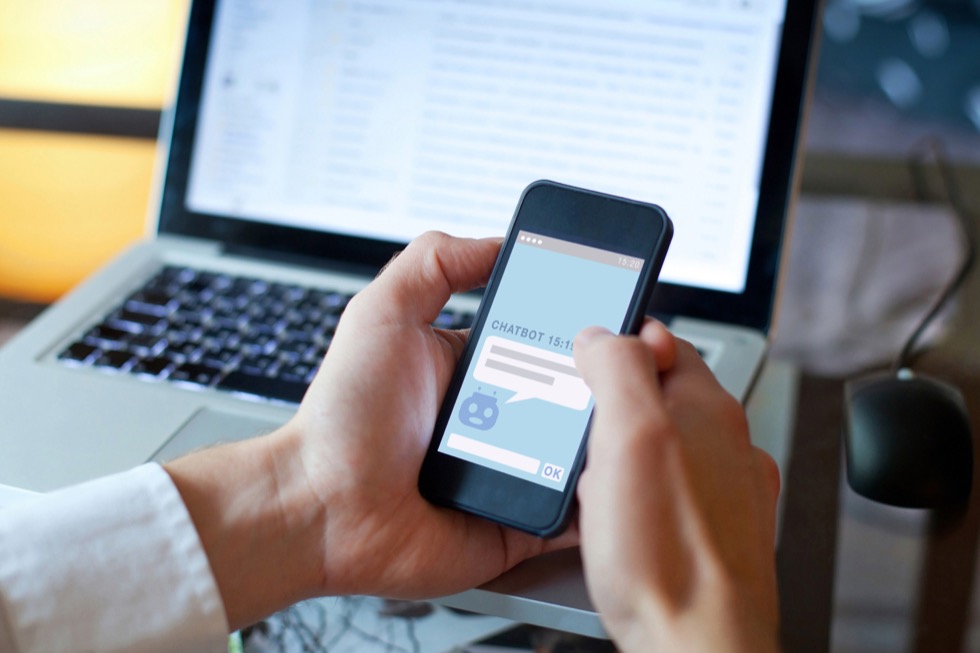The world of technology is continuously moving forward and creating tools that can save you time or make your work more efficient. ChatGPT is just such a tool, leveraging the power of artificial intelligence (AI) to provide UX designers with a powerful, if still imperfect, research and design tool.
According to the New York Times, ChatGPT has been used by 30 million people since its release in November 2022, becoming a very popular tool very quickly.
This guide explains what ChatGPT is and its possible uses within UX design, as well as the challenges of using AI-generated research data.
Key Takeaways
- What is ChatGPT?
- How can ChatGPT be used in UX design?
- What are the challenges of AI-generated data?
- Discover the importance of learning ChatGPT or AI technology.
What is ChatGPT?
ChatGPT is an AI-based chatbot created by OpenAI, an AI system development company. ChatGPT allows conversational input from users in a dialogue format and provides a written response. Like many AI systems, ChatGPT can remember conversations, answer follow-up questions, and reject requests it deems inappropriate. AI chatbots are “trained” by designers and developers to read through data and develop an understanding based on input rules and options.
Essentially, ChatGPT’s AI engine processes search queries and compiles results from a variety of sources. Details of the search queries are composed in a conversational text format, just like a human answering a question in person. ChatGPT can also chat with users in a nearly conversational tone and format, as well as remember previous conversations. Using machine learning, the system can sort through large volumes of data on the internet and provide an organized response or answer.
Microsoft plans to leverage ChatGPT to enhance its Bing internet search tool, which has been overshadowed by Google for decades. But what other uses can a tool like ChatGPT fulfill?
How can ChatGPT be used in UX design?
UX designers can leverage ChatGPT in the following ways:
- Research. Perform searches and return data results from a variety of sources
- Business Competitor Analysis. Compare business data instantly and return unbiased results
- User testing and interview scripts. Create scripts for user testing and user interviews
- Creating user personas. Create user personas based on user data
- Creating user-based workflows and design suggestions. Generate a starting template for workflows and overall design.
- Review of color and text usage in a design. Review the use of color and text to meet design standards
- Generating design documentation. Create design documentation nearly instantly
Credibility Challenges
ChatGPT is a powerful tool for research, idea generation, design ideas, and work review. Most UX designers can leverage ChatGPT as a starting point or initial template for research, design, and documentation. Keep in mind, although an exceptionally useful tool, ChatGPT is an AI engine trained to recognize patterns in vast amounts of internet data and respond in a human way. That means the answers and research you receive may sound good but be inaccurate.
ChatGPT is a valid tool for certain aspects of UX design, but it is not a designer, copywriter, developer, or researcher. What you get back must always be verified for accuracy and relevancy. Nonetheless, the future of UX design may indeed require the knowledge of how to use and leverage AI-generated research and review data. AI is the future of technology, so learn how to use it to your advantage.

